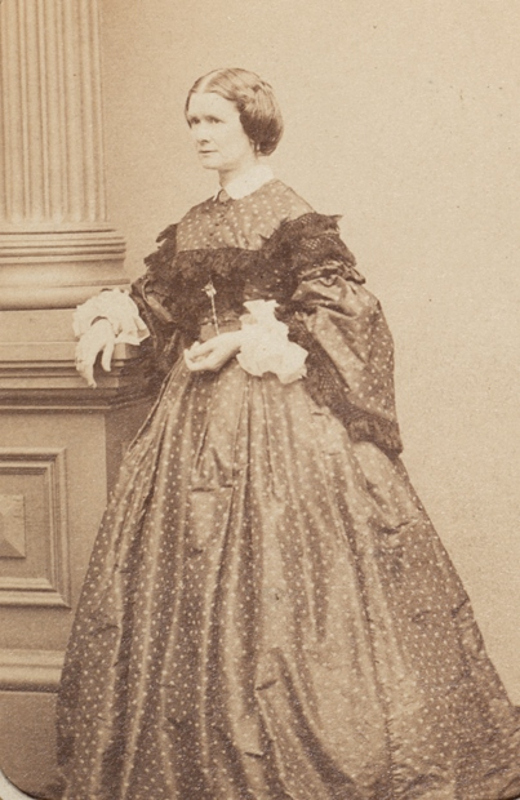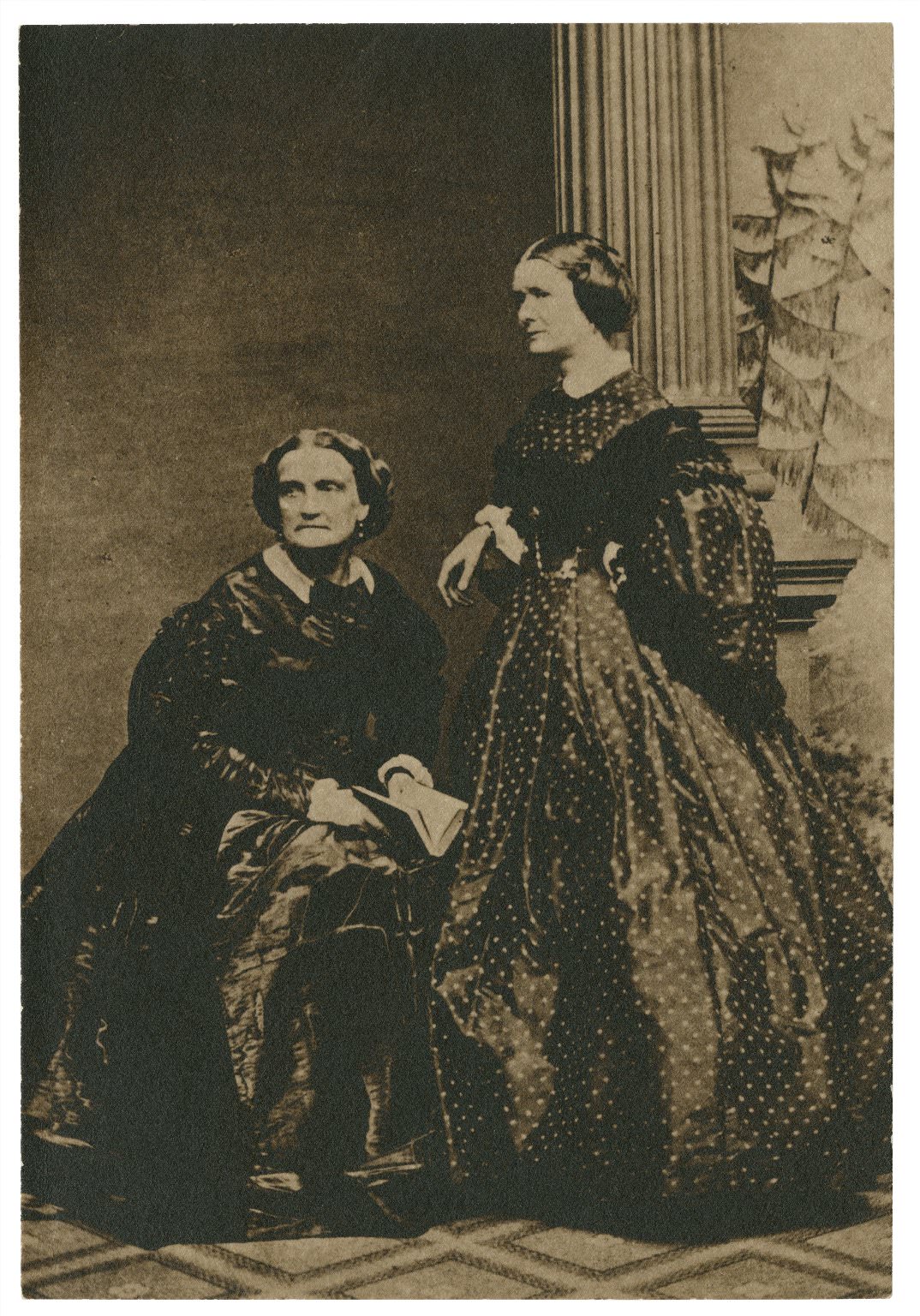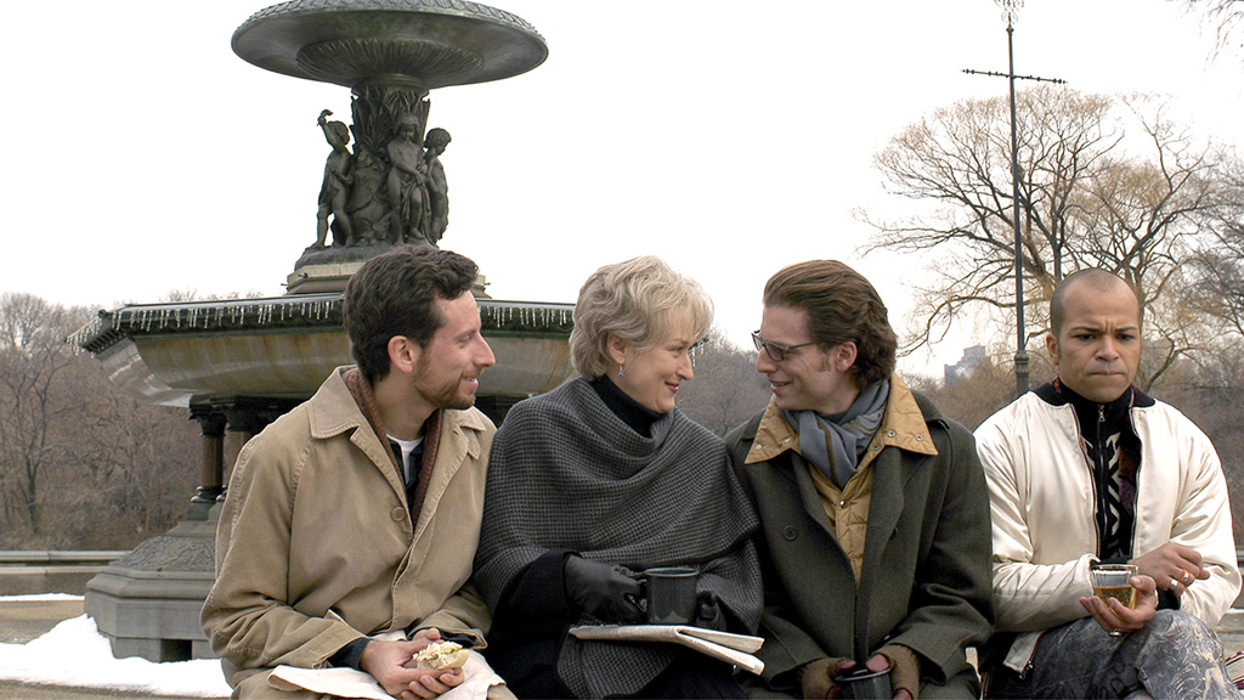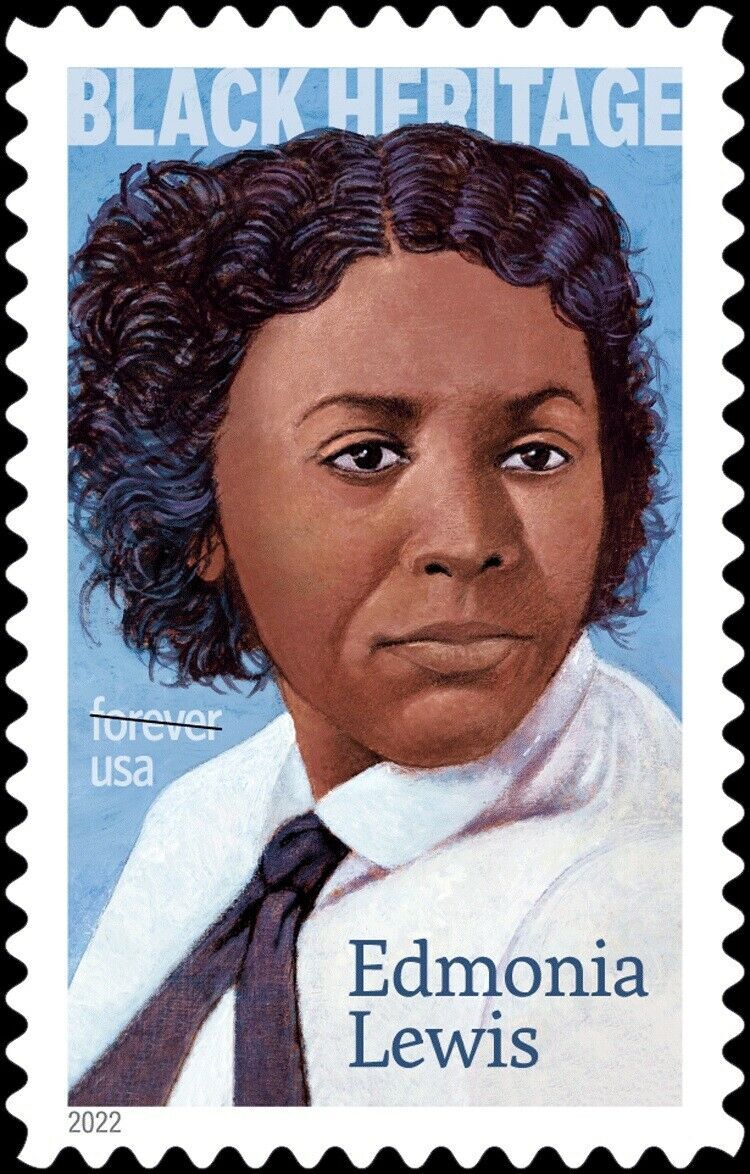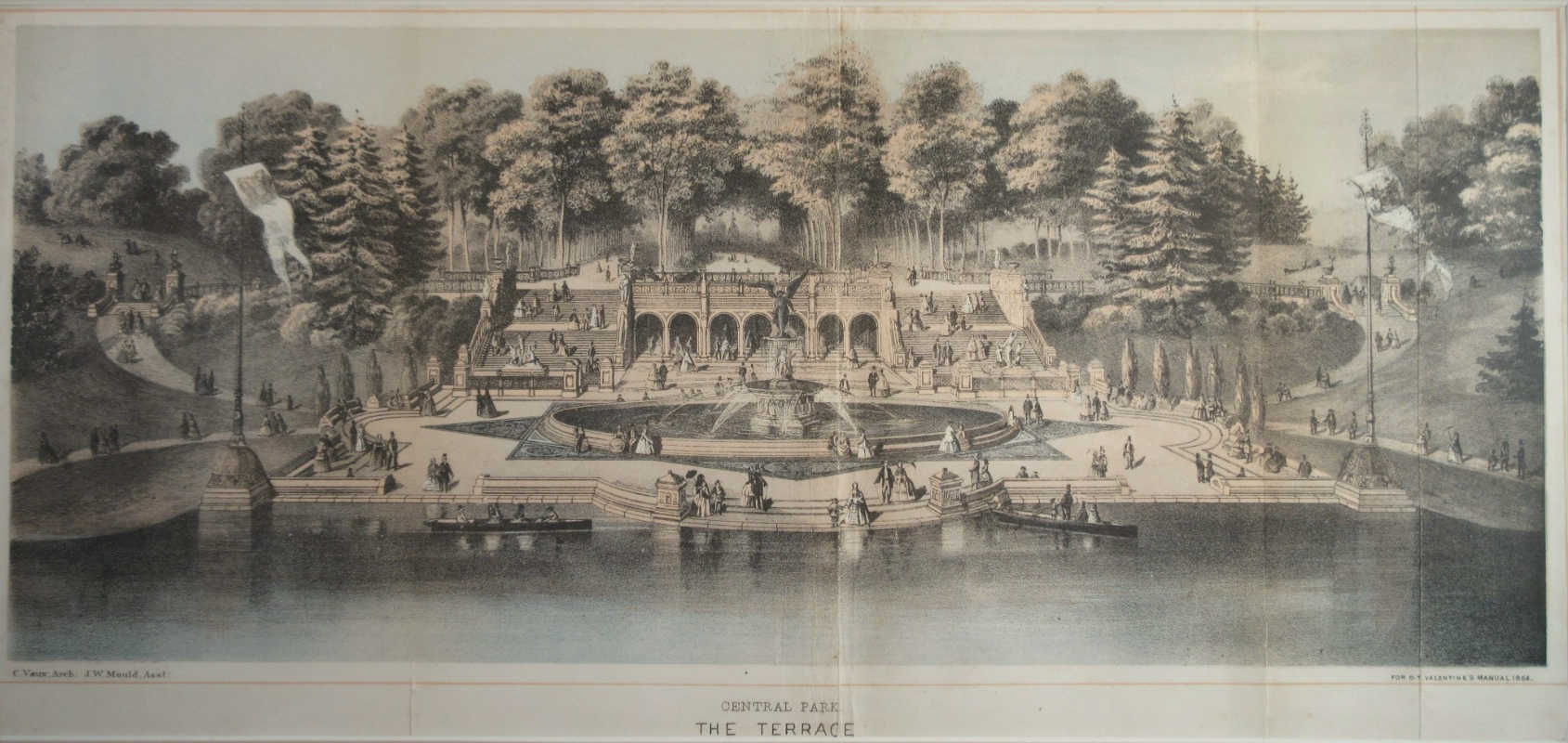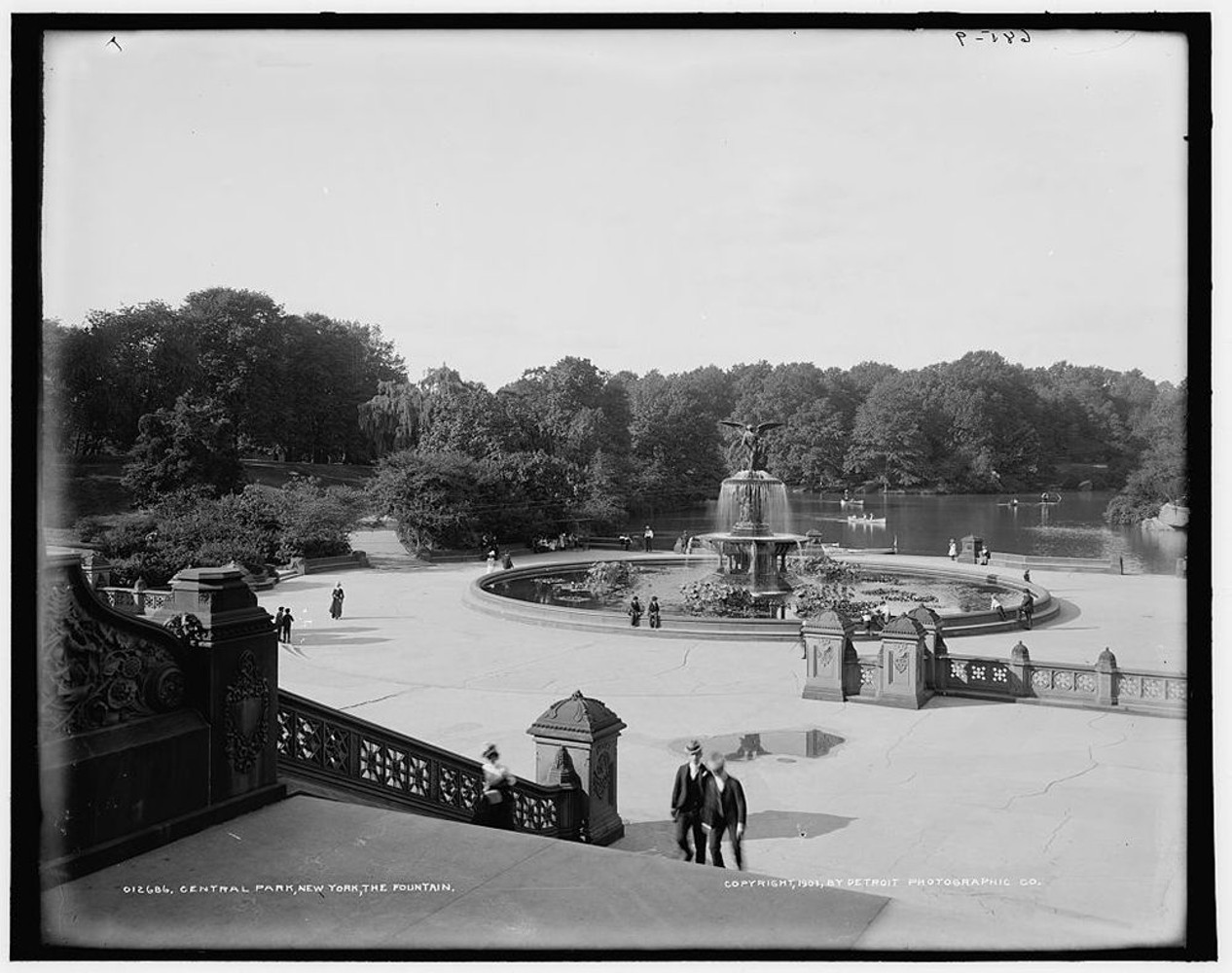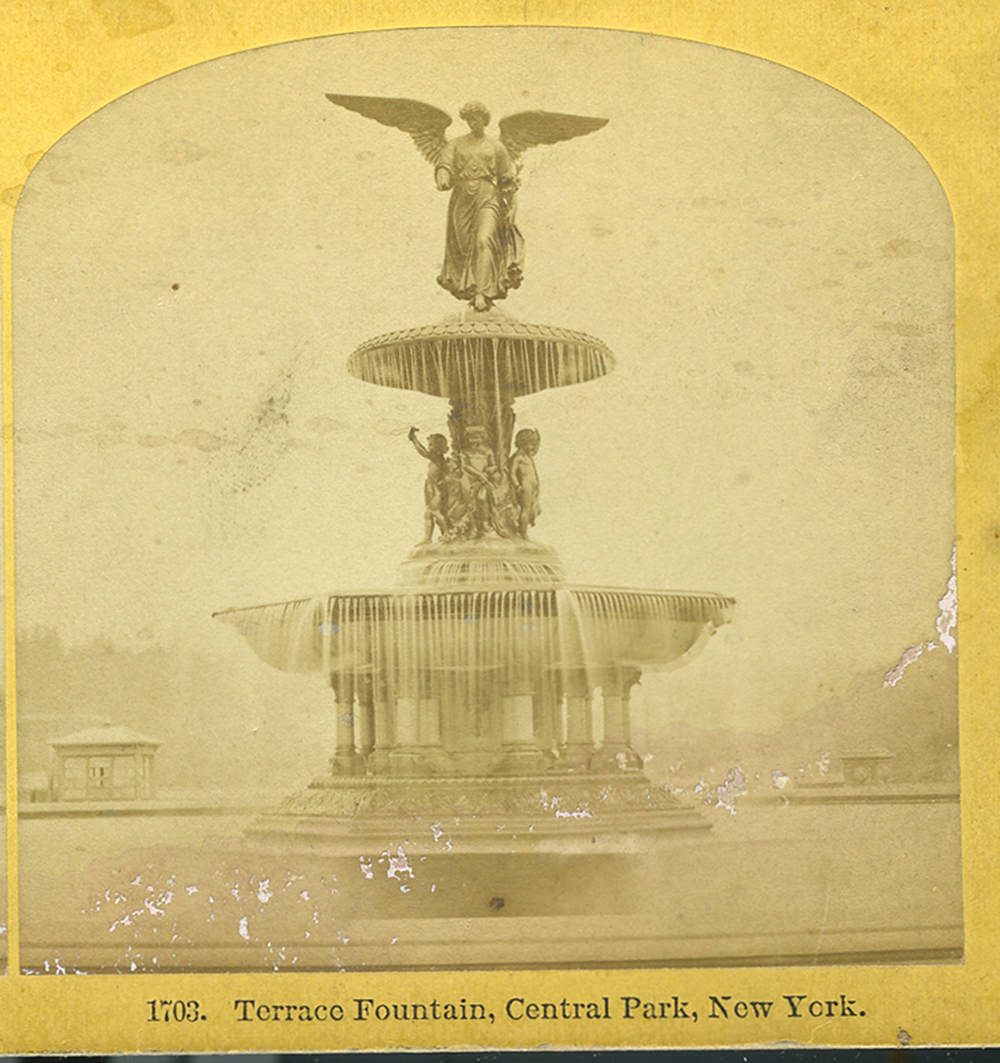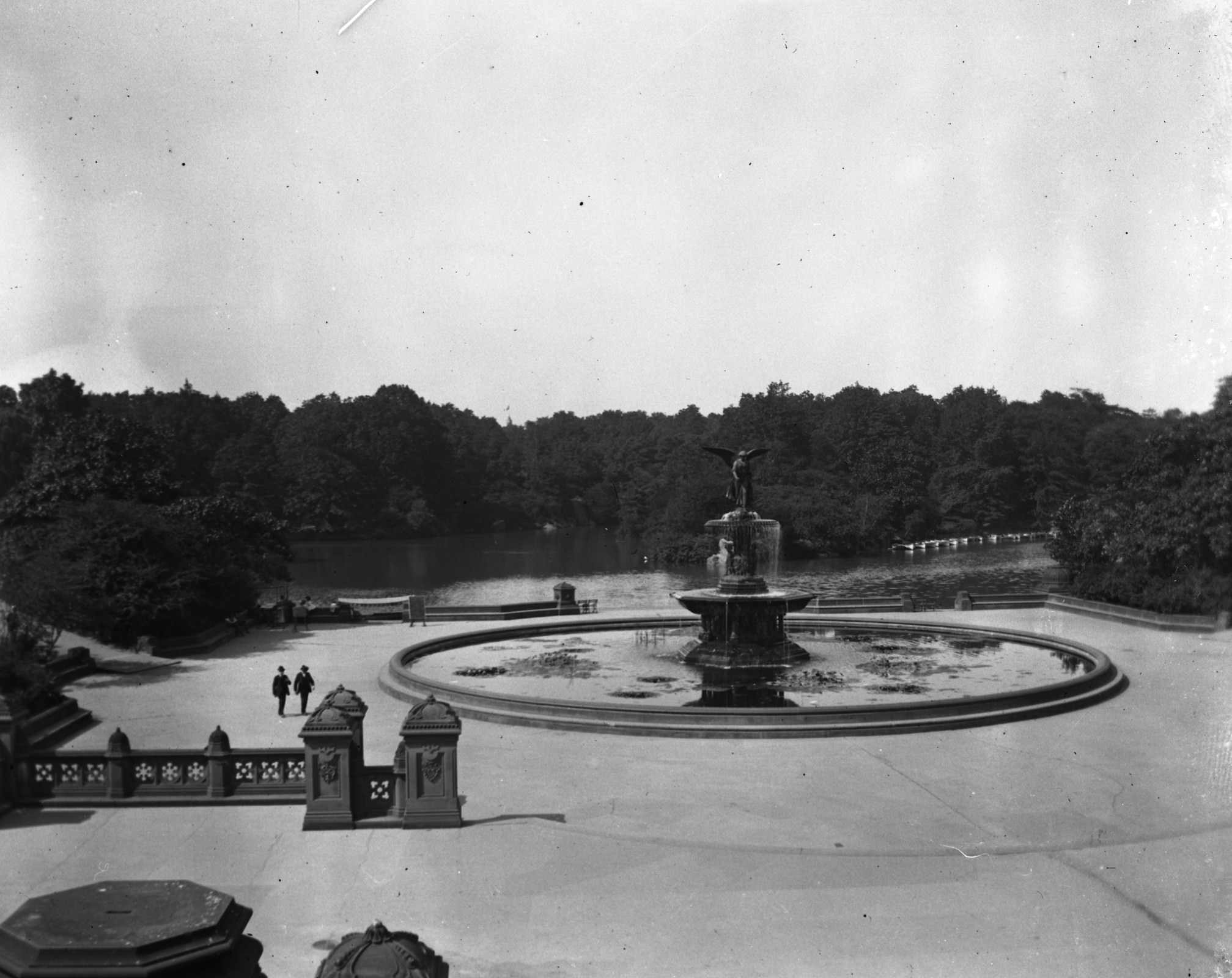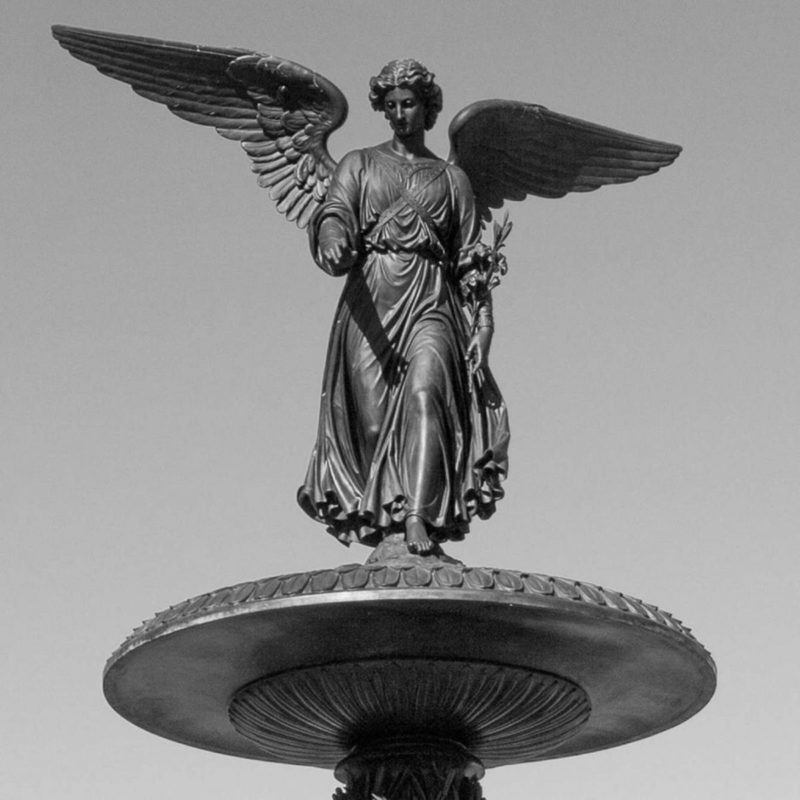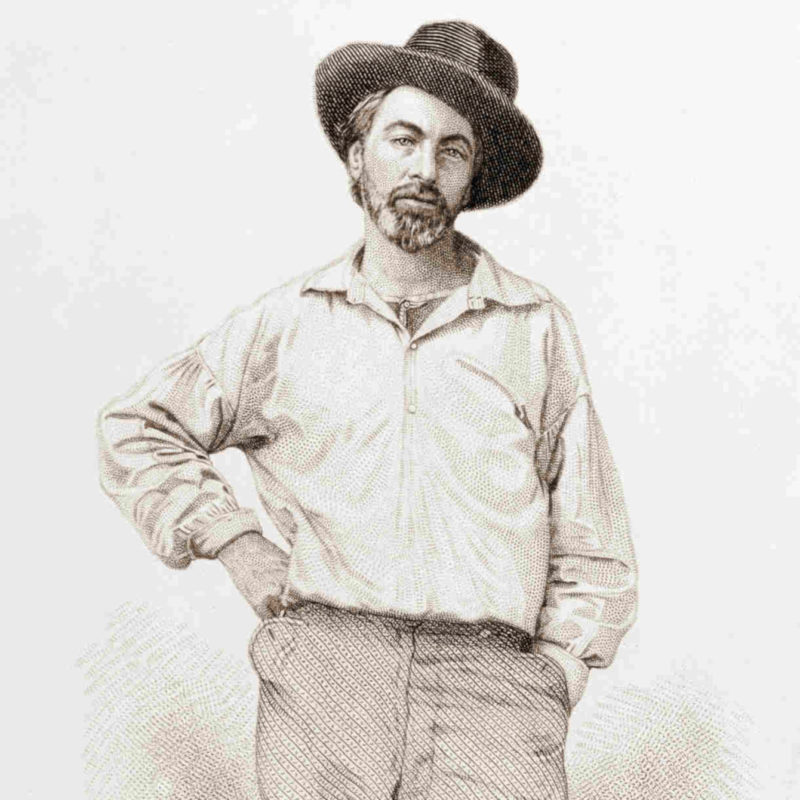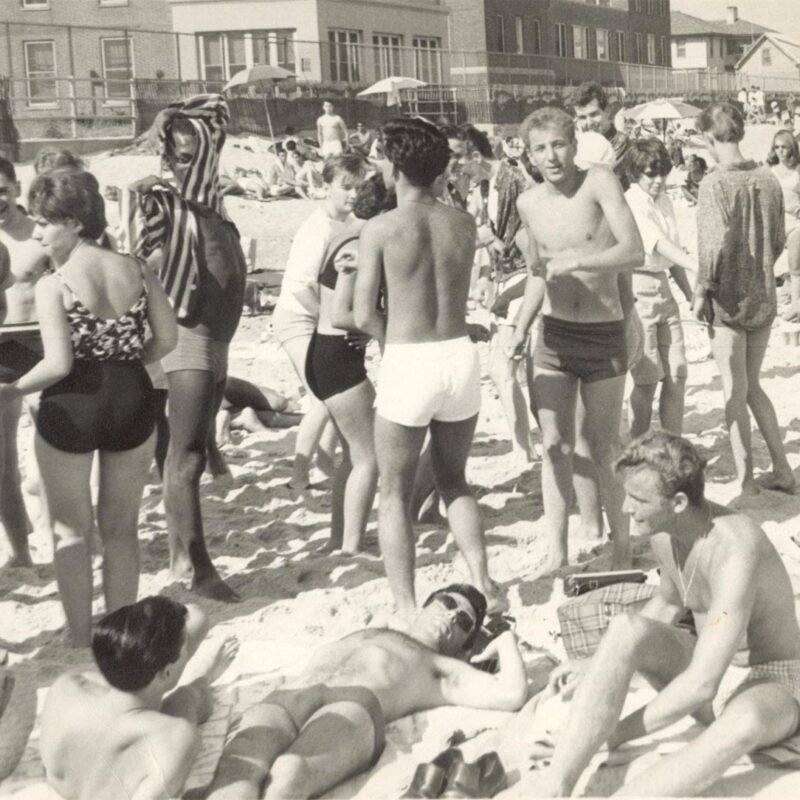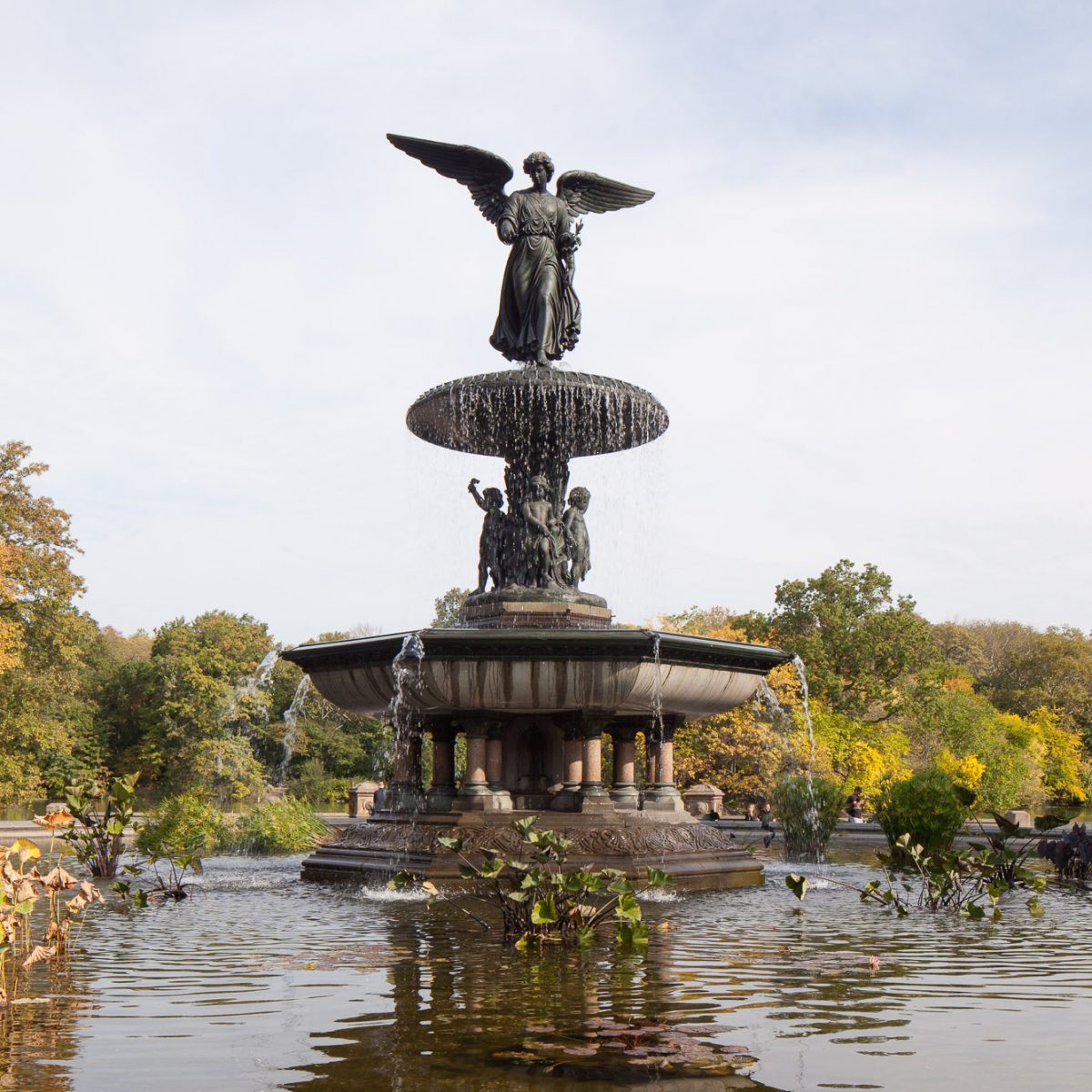
Emma Stebbins & “Angel of the Waters”
overview
The Angel of the Waters statue atop the Bethesda Fountain is the 1860s masterpiece of lesbian sculptor Emma Stebbins and was the earliest public artwork by a woman in New York City.
In Tony Kushner’s AIDS-themed play Angels in America, the statue formed the backdrop of the final scene of the Perestroika section.
History
The Angel of the Waters statue atop the Bethesda Fountain is the masterpiece of sculptor Emma Stebbins (1815-1882). It was the earliest public artwork by a woman in New York City and the only sculpture sanctioned as part of the early design and construction phase of Central Park. It was cast in Munich and officially dedicated on May 31, 1873.
The iconic statue was commissioned in 1863 while Stebbins was in Rome and living with her lover Charlotte Cushman (1816-1876), the leading actress of the American and British stages. Stebbins was but one of a number of lesbian artists, known as “female jolly bachelors,” that formed a circle around Cushman. The group, which also included novelist-journalist Matilda Hayes and sculptors Harriet Hosmer and Edmonia Lewis, were among the first generation of women to forge careers in the arts and to form same-sex relationships.
Stebbins’ sculptural group depicts the biblical “Angel of Bethesda” resting on a base surrounded by four cherubs representing “health,” “purity,” “peace,” and “temperance.” This theme was considered a particularly appropriate symbol of the healthful benefits provided by the water from the Croton Aqueduct (opened in 1842), then stored in Central Park reservoirs.
Playwright Tony Kushner understood the symbolism of the curative powers of the water from the biblical fountain of Bethesda and, appropriately, set the final scene of the Perestroika section of the AIDS-themed play Angels in America (1993) at this location in Central Park.
Entry by Jay Shockley, project director (March 2017).
NOTE: Names above in bold indicate LGBT people.
Sources
Andrew Dolkart, “Bethesda Fountain,” in Marilyn Symmes, ed., Fountains: Splash and Spectacle (Smithsonian Institution, Cooper-Hewitt Museum, 1998).
“Bethesda Fountain,” New York City Department of Parks & Recreation, on.nyc.gov/2G1zC5X.
Christopher D. Brazee, Gale Harris, and Jay Shockley, “150 Years of LGBT History,” New York City Landmarks Preservation Commission (June 2014).
Daniel Hurewitz, Stepping Out: Nine Walks Through New York City’s Gay and Lesbian Past (New York: Henry Holt & Co., 1997).
Paula Martinac, The Queerest Places: A Guide to Gay and Lesbian Historic Sites (New York: Henry Holt & Co., 1997).
Do you have more information about this site?
This project is enriched by your participation! Do you have your own images of this site? Or a story to share? Would you like to suggest a different historic site?
